Description
hardware flow control. It is an ideal choice in the field of industrial automation.
Implementation of communication between ABC industrial robot and PLC based on DeviceNet fieldbus technology
introduction
In modern production systems, industrial robots and PLCs need to communicate and collaborate to complete production tasks. That is, the
industrial robots output signals to the PLC, allowing the PLC to control related equipment to drive the robot”s front-end tools. This article
mainly analyzes the communication problems between ABB industrial robots and PLC based on DeviceNet fieldbus technology.
DeviceNet is a common network communication method in the field of automation. ABB industrial robots establish a network to communicate with
Siemens PLC based on the DeviceNet network.
1Configure DSQC652
There are mainly 5 types of standard I/0 boards commonly used in ABB industrial robots [2]. Except for the different addresses assigned to
them during setup, their configuration methods are basically the same. This article mainly analyzes the ABB standard I/0 board DS0C652, which
mainly builds communication modules based on the DeviceNet network. The DS0C652 board has a distributed I/O module with 16 digital input and 16
digital output interfaces. The board is installed in the ABB industrial robot control cabinet. First, define the specific operation steps of the DS0C652 board,
enter the teach pendant control panel, then enter the configuration menu (Figure 1), select the DeviceNetDevice menu, and add a template to enter Figure 2.
ABB standard I/0 board is hung on the DeviceNet
network, so the address of the module in the network must be set. The jumpers 6 to 12 of terminal x5 are used to determine the address of the module.
The available address range is 10 to 63. Modify the parameters in the template parameters to complete the DS0C652 board settings. Click the drop-down
menu to select the “Use value from template” row, select
“DS0C65224VDCI/0Device”, and then the parameters that need to be set include the address of the I/0 board in the bus.
Figure 1 Configuring DSQC652
2Configure signals and parameters
After completing the DS0C652 board setting, the I/0 signal setting will be performed. Setting the I/0 signal is the basis for establishing communication with
the PLC. The PLC communicates and transmits data with the ABB industrial robot through the I/0 signal and the DS0C652 board. As shown in Figure 3, in the
signal configuration interface, there are many default I/0 points after the system is established. Modification is not allowed. Click “Add” to add signals. When setting
input and output signals, their address range is 0~15. First, enter the signal menu in the configuration options to set the input and output types, and modify the corresponding parameters.
After completing the settings, the computer prompts that you need to restart the settings. If there are multiple signals that need to be defined and the waiting time
is long after restarting multiple times, you can click “Cancel” and wait for all signals to be defined before clicking the “Yes” button to restart. After the signal settings are
completed, click to select “Input and Output” in the ABB menu to check whether all signals have been set.
Figure 2 Configure DSQC652 parameters
Figure 3 Signal parameter settings
During the signal establishment process, attention should be paid to the DSoC652 port and PLC port addresses used, and the corresponding address table should be
established, as shown in Table 1. The robot interacts with the PLC through I/O signals. During the setting process, there must be no errors in the port and address number
of the PLC connected to the DSoC652. If the address is set incorrectly, the communication between the robot and the PLC will not work properly.
The entire robot teaching pendant setting process is shown in Figure 4.
https://www.xmamazon.com
https://www.xmamazon.com
https://www.plcdcs.com/
www.module-plc.com/
https://www.ymgk.com
UCD224A102 Converter main control board
UCD224A103 Robot base plate
UCD240A101 ABB Axial computer board
UDD406A ABB Power module
UFC092BE01 Axial computer board
UFC718AE101 HIEE300936R0101 ABB Driving power supply
DS3800NFIB Mark IV Board
DS3800NFLA Mark IV Board
DS3800NFLA1C1C Mark IV Board
DS3800NFMC1F Mark IV Board
DS3800NFMC1FGE Regulator Board
DS3800NFMC1F1E Mark IV Board
DS3800NFMC1F1EBOARD Regulator Board
DS3800NFOA1C1D printed circuit board
DS3800NFOA1H Regulator Board
DS3800NGDC printed circuit board
DS3800NGDD Regulator Board
DS3800NGMA printed circuit board
DS3800NGMA1B1A Regulator Board
DS3800NGPA1B1C printed circuit board
DS3800NGRA1F1B Regulator Board
DS3800NGRA1G1B printed circuit board
DS3800NGRA1L1D Regulator Board
DS3800NGRA1L1E printed circuit board
DS3800NGRB1G1F printed circuit board
DS3800NGRC printed circuit board
DS3800NGRC1D1D printed circuit board
DS3800NGRC1F1F printed circuit board
DS3800NGRC1H1F printed circuit board
DS3800NGRC1H1G printed circuit board
UFC719AE01 3BHB003041R0001 Input module
DS3800NGRD1B1A printed circuit board
DS3800NGTA printed circuit board
DS3800NGTA1E1D printed circuit board
DS3800NGTA1F1E printed circuit board
DS3800NGTC1B1C printed circuit board
DS3800NHFA1K1H printed circuit board
DS3800NHVD printed circuit board
DS3800NHVD1 printed circuit board
DS3800NHVD1C printed circuit board
UFC760BE141 3BHE004573R0141 Control panel
UFC760BE142 3BHE004573R0142 ABB Controller master unit
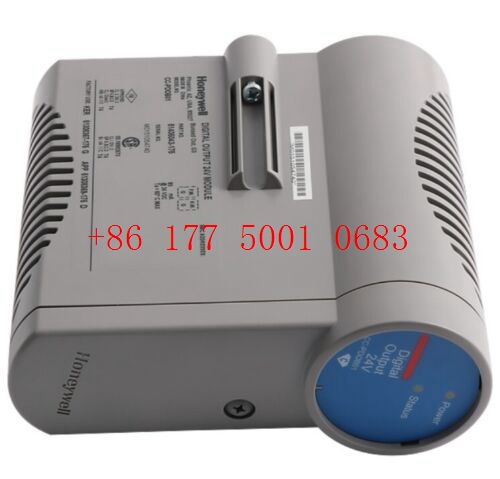
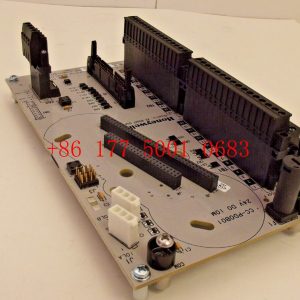
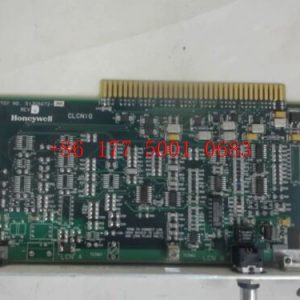
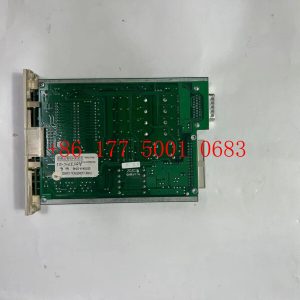
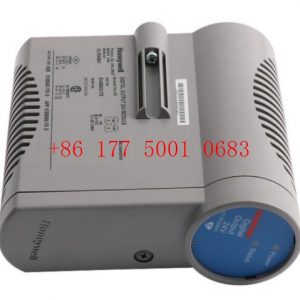
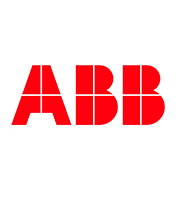

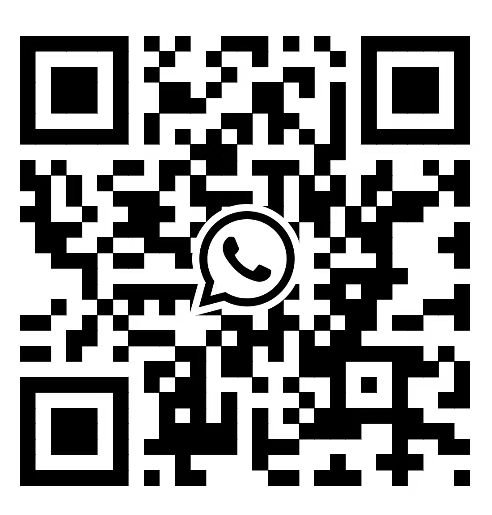

Reviews
There are no reviews yet.